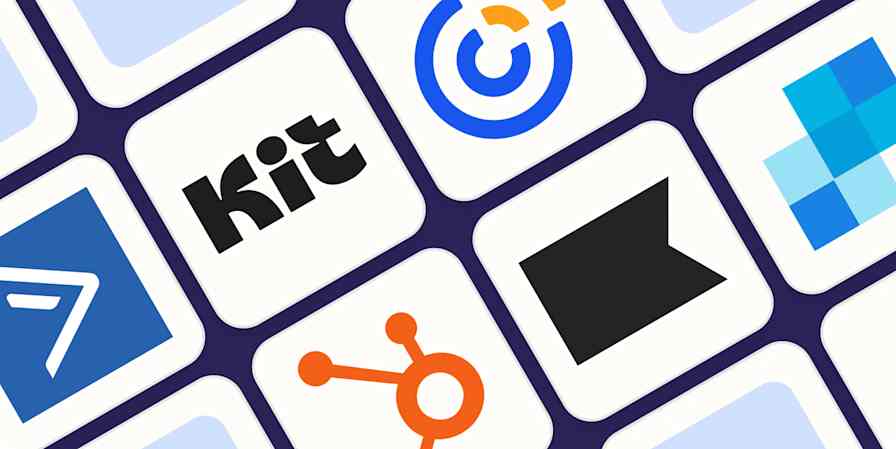Marketing tips
7 min read8 email newsletter predictions for 2025
By Luciano Viterale · January 17, 2025

Get productivity tips delivered straight to your inbox
We’ll email you 1-3 times per week—and never share your information.
tags
Related articles
Improve your productivity automatically. Use Zapier to get your apps working together.








